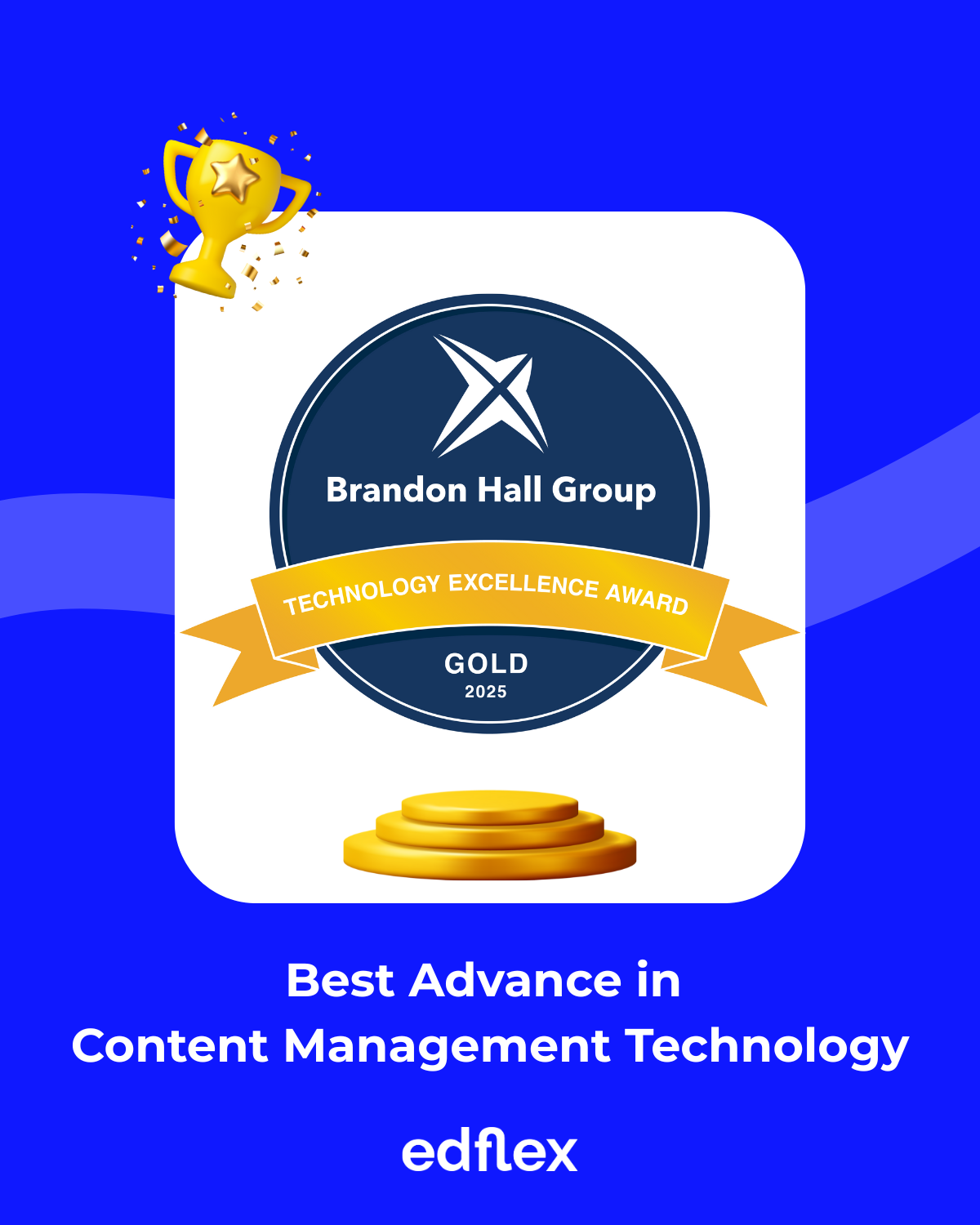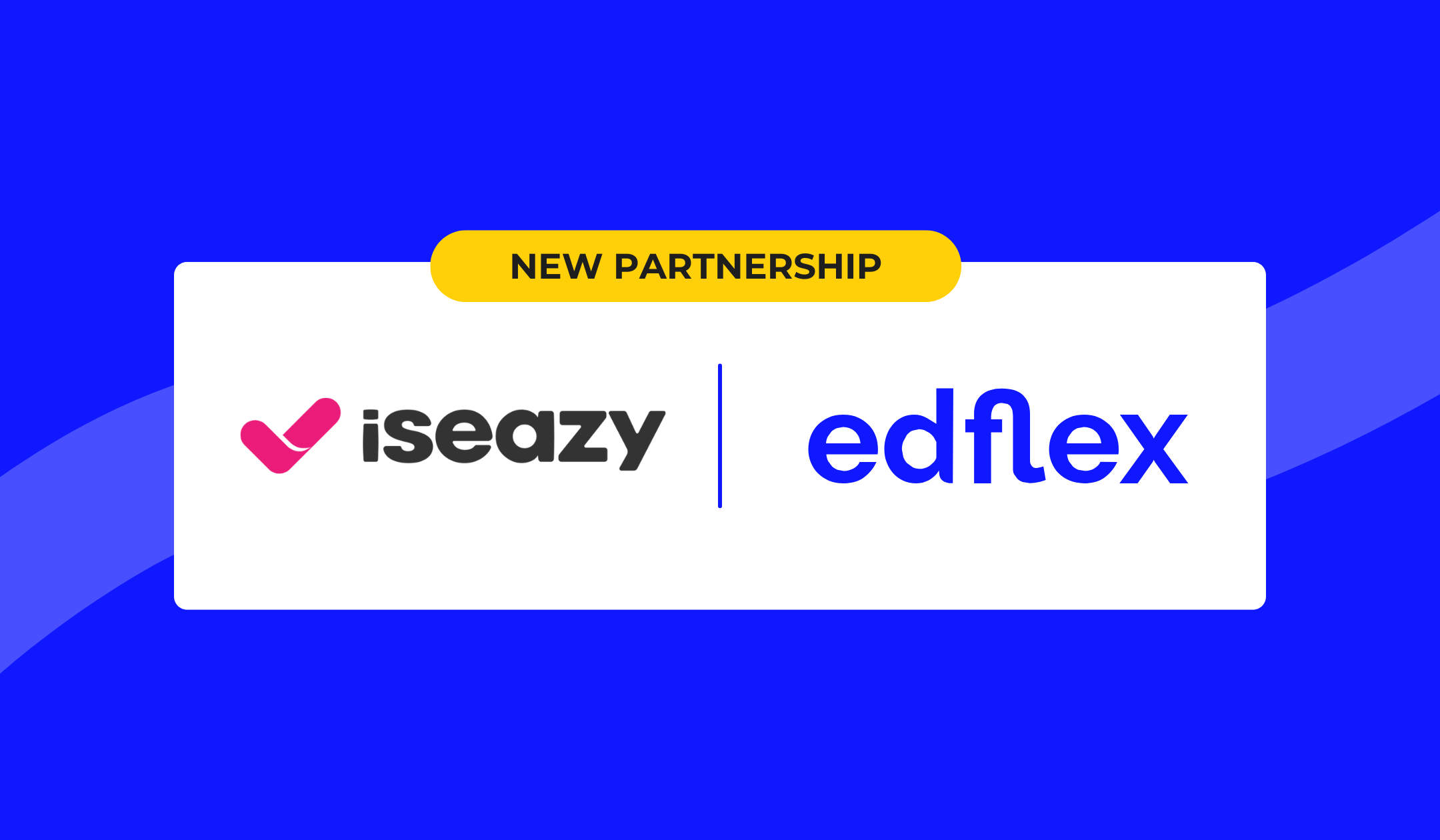In a constantly evolving world, continuous learning is essential for professionals to remain competitive in the job market. Employees must regularly acquire new skills to adapt to the ever-changing challenges in their field. According to our 2023 learning barometer at Edflex, 71% of employees use open educational resources to stay proficient in their professions. But many solutions, like learning management systems and content catalogs, have an approach much like the Netflix model—creating a personalized experience from a vast content library. And I believe this is a mistake.
While this approach has its merits, it falls short in several crucial aspects. Primarily, this kind of learning excels in content availability, recommendation algorithms and extensive libraries of courses and materials. However, this limits its adaptability, real-time updates and active personalized guidance.
I think a more apt learning model would be more like the dynamics of Google Maps.
The Keys To A Google Maps Development Approach
A key feature of Google Maps is that it continually updates to provide the most accurate and efficient routes for travelers. It adapts to users' needs in real time, which is exactly what skills development systems should do. Here are some other lessons that HR and/or learning and development teams can gather from Google Maps.
Easy Access And Availability
Google Maps has revolutionized how we navigate the world. Rather than needing to carry an unwieldy paper map, this app is accessible at any time and from any device that has an internet connection. Similarly, with modern professional learning tools, there's no need for employees to be in a physical classroom. Learning should be accessible to everyone in your organization, whether they're at the office, at home or on the go.
As HR or L&D leaders, before you integrate any kind of learning technology, you must define your real needs to find the right tools. This is a real must-have, considering we found that nearly 40% of employees believe the learning courses offered by their company aren't always easy to find. So ask employees how they'd want to access their learning. You may be amazed by the answers. For instance, some employees may want access through the company content management system or even through messaging apps.
Multiple Pathways
When you key in your travel destination, Google Maps offers several routes based on preferences, like the shortest or fastest or even ones that avoid tolls. Learning solutions should mirror this by offering various educational formats to help employees reach their professional goals. The choices you offer may include video content, online coursework, practical tutorials, e-books or live learning sessions. This allows your employees to personalize their learning paths in a way that matches their needs, available time and learning style.
Personalized Experience
Google Maps takes into account your preferences, driving speed and even attractions you might want to see when it offers you a customized route. Likewise, modern learning tools often use algorithms and data that can ensure your workforce has a personalized learning experience. They can recommend learning modules based on current skills, interests and professional goals, which allows for more efficient and targeted learning.
Collaboration And Community
With Google Maps, you can share routes with other users, and if you want to choose between several destinations, you can review their user ratings. The most effective learning models encourage this kind of collaboration and community.
Consider whether employees will be able to connect with peers, trainers and field experts to discuss skill needs, ask questions and share knowledge. Furthermore, if you use tools that allow for feedback, you'll gain useful insights into the quality of your resources. According to our 2023 barometer, employees give an average score of 6.4 out of 10 to company development offerings. When you understand employees' expectations, you can better create a learning environment that enriches their experience.
Real-Time Progress Tracking And Feedback
Whether someone's using Google Maps or a learning module, real-time updates on their progress are incredibly valuable. The learning tools you implement for your workforce should display this kind of information. Employees should be able to see which skills they've acquired, which areas still require work and any other immediate feedback on performance. This allows them to make quick adjustments and ensure they're on the right track to achieve professional goals.
Integration With Other Tools
Finally, Google Maps often integrates with other apps and services to make the journey smoother. For example, you can book a rideshare, reserve a table at nearby restaurants or check reviews of points of interest. You may want learning tools that can integrate with the other platforms and software used in your organization. This may include talent management systems, professional social networks or collaboration platforms. By making connections to other resources, you can ensure you're offering a more comprehensive and integrated learning experience for your employees.
In our digital era, professional development tools have become essential partners for professionals seeking to thrive in their careers and the HR teams that want to support them. Just as Google Maps helps us navigate the physical world, the right technology can help us navigate the ever-evolving professional world. I hope you're inspired to update your learning strategy deck from Netflix-style learning to a Google Maps model!







-p-500.webp)












